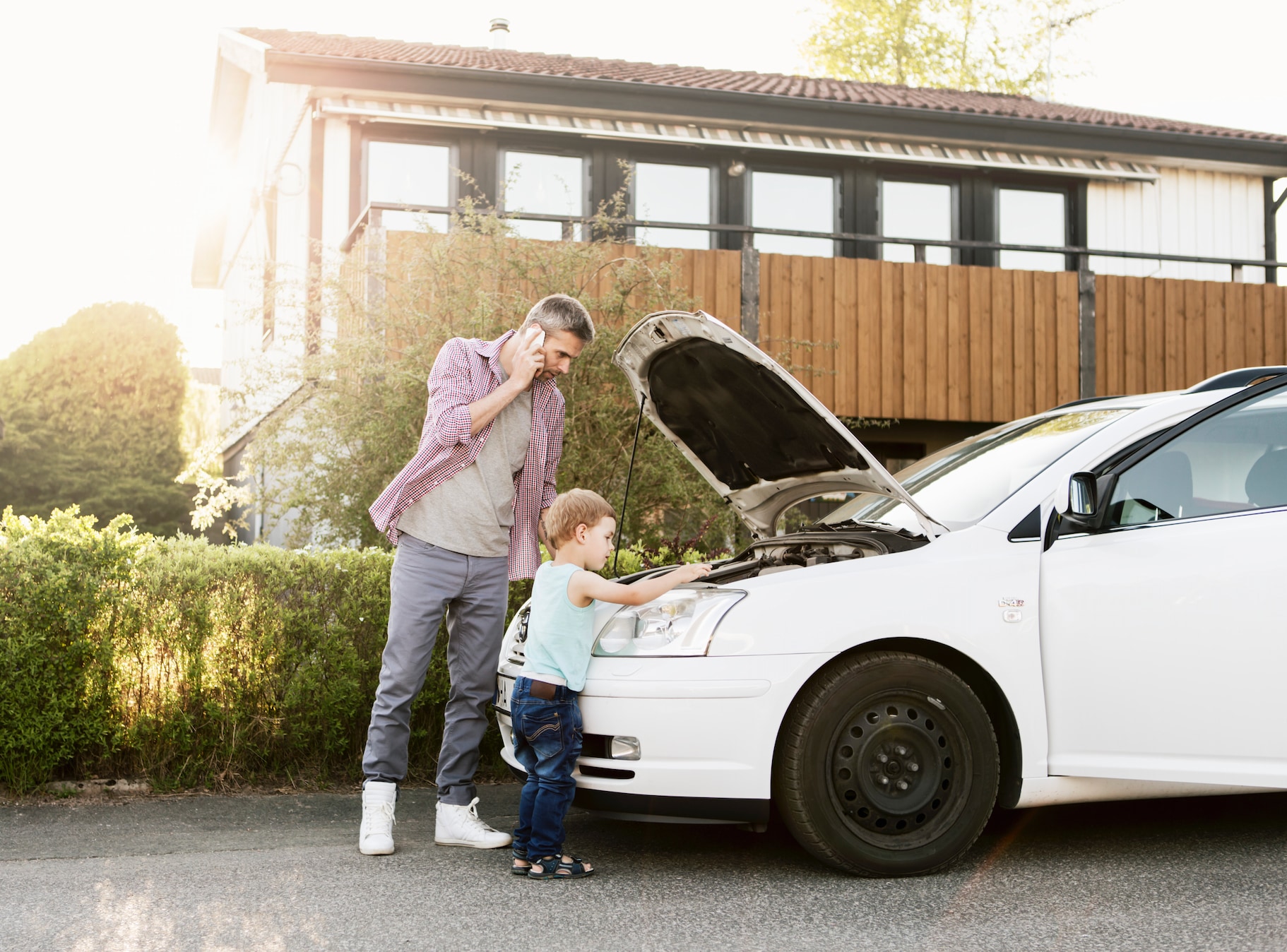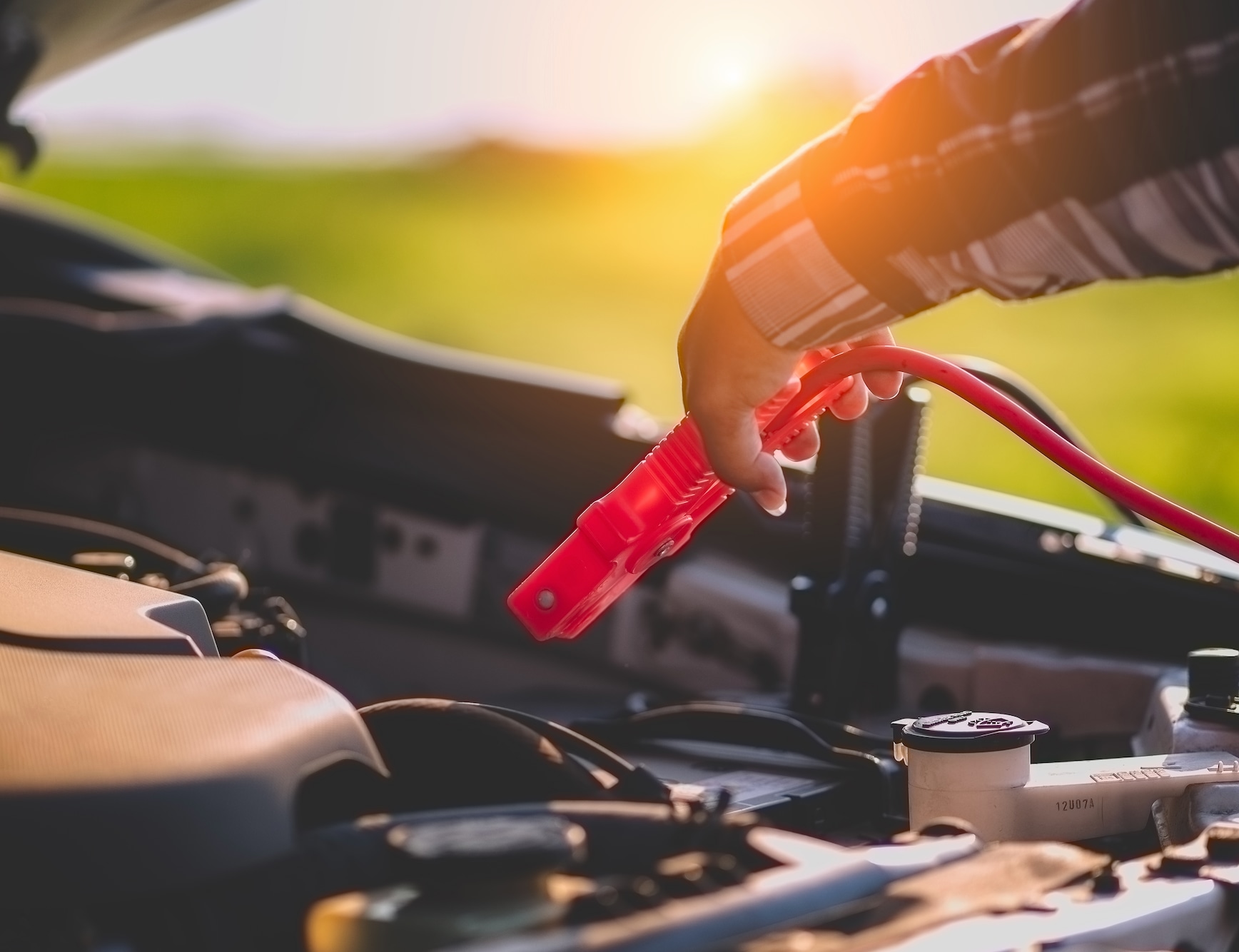Everybody's driving needs are different, but for many, working from home has become part of our daily lives and that often means that we are driving less. If you find that you have a vehicle that spends most of its time sitting unused for whatever reason, you may be asking, "How often do I really need to drive my car in order to keep everything in working order?" After all, if your car has been sitting for a month or longer, you may wonder if the battery still has enough juice to crank the engine over. How often should you drive your car to keep everything running right? Let's find out.
How Often do You Need to Drive Your Car

I Hope My Car Will Start!
Do you have a car that is sitting parked in the garage that is well maintained and ready to go at a moment's notice or do you have a vehicle that has been sitting around, collecting spider webs for a few months from lack of use? Leaving a car sitting idle for long periods of time could end up hitting you right in the pocketbook and we're not just talking about having a dead battery.
Tires lose air pressure over time, especially during cold winter months. When a car sits unused for several months, the weight of the car sits on tires that are not moving and that can cause a flat spot to develop where the tires meet the ground. Over time, those flat spots can even become permanent. When you get the car moving again, you'll feel and probably hear those flat spots. Most of the time, adding air so that you're running on the proper air pressure and driving the car, will make the tires round again. But not always, and a set of new tires is spendy.
- When a car sits unused for months, moisture collects in the gas tank and in the engine oil. That can lead to all kinds of problems. Gasoline goes bad when it is not used. When you eventually start the car, old gas can travel through the system and gum everything up, causing poor performance… or no performance. Fuel additives can revive old gas, but the best cure is to siphon out the ancient fuel and replace it with fresh high-octane stuff. After a long winter's nap, it is best to change the engine oil as well and check the level of the brake fluid, radiator coolant, power steering, and windshield wiper fluid.
- All the hoses and belts under the hood should be checked for cracks and signs of age or neglect. Unused gaskets can become brittle from nonuse. So, if you have a vehicle that has been sitting without even being started for a few months, it's a good idea to have it serviced at your local Lithia Service Center. Our factory-trained technicians will give everything the once over and make sure you are safe in your travels.
- If your car is sitting parked outside for long periods, make sure it is covered to keep UV rays from breaking down the clear coat and dulling your paint. Tree sap and bird droppings can also ruin paint. Even worse, wasps can make nests in certain places and rodents can find your engine bay the perfect place to eat their lunch undisturbed. They often move in with their entire family to make your exhaust port or anywhere under the hood their new condo.
- Believe it or not, some parts on today's vehicles are made from organic materials and mice or squirrels love eating soy-based wiring. While there are many cures for having critters take over your auto, the best deterrents we've found are electronic, battery-powered devices that sit under your hood and emit bright strobe LED lights coupled with ultrasonic sounds that rodents hate. These contain no chemicals or toxic materials and are safe for children and pets. You'll find such devices elsewhere online for under $30.
How Often Does a Car Need To Be Driven?
Now, having said all that, we're not suggesting that you are collecting derelict cars and turning your neighborhood into some sort of auto graveyard. It's more likely that you have a vehicle that gets out for a drive less than every day and you want to know how long it can sit without suffering any ill effects. The answer is, you need to drive your car once a week.
Your car battery loses some of its charge when it sits idle. If you have a car that has been sitting for a month or more, the battery may have drained to the point that you will need to jump-start the car. A great way to make sure your battery is always charged up and ready is to install a Battery Tender trickle charger. These have quick release connectors and are easy to use. Prices range from $30 to $100. These smart chargers maintain the battery and improve battery life.


Go for a Drive
We suggest that once a week, you unplug the Battery Tender, start the car and let it idle with the engine running for a few minutes before driving away. Let the engine and all drive components such as the transmission and differential warm up to operating temperature before you set off.
Go for a 20-to-30-minute drive of at least 15 to 20 miles and get the car up to 50 miles per hour or more. Get on the freeway if possible. Listen to the sounds your car makes. Listen for knocks or ticking sounds under the hood, when braking, listen for squealing brake sounds. Unused brake rotors can collect a fine layer or rust. The sounds your car makes can tell you a lot.
By driving your car at least once a week, you'll keep the alternator charging the battery even without a trickle charger. Plus, you'll be able to check out all the systems in the vehicle including the suspension components, power steering, braking, and transmission. If it is a warm day, turn on the climate control to make sure it is functioning as it should. After your drive, look under the hood for any signs of seal or gasket leaks. Also check under the car to see if any fluids are leaking.
Let Lithia Help
Even if your car just sits most of the time, it's important to keep all the factory service and maintenance schedule up to date. As mentioned earlier, your local Lithia Service Center is always here for you.


